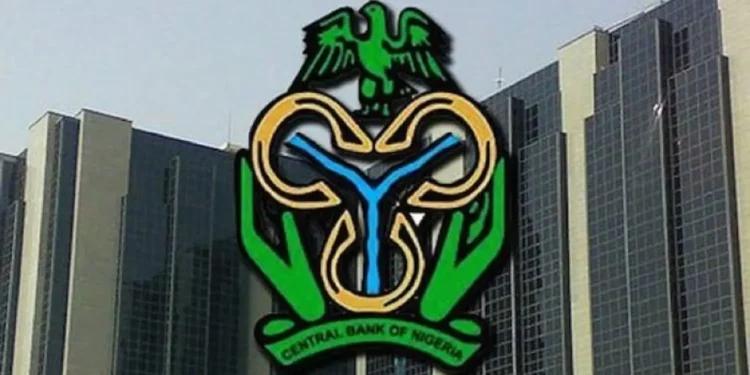Between January and April 2025, Nigeria allocated approximately $2.01 billion toward servicing its external debt—reflecting a sharp 50% increase compared to $1.33 billion spent during the same period in 2024.
The latest figures, drawn from international payments data released by the Central Bank of Nigeria (CBN), highlight the mounting cost of managing the country’s external borrowing obligations. Debt servicing alone accounted for more than three-quarters (77.1%) of all international payments made by Nigeria within the four-month period, significantly higher than the 64.5% share recorded a year earlier.
Total international financial outflows during this period—including debt repayments, foreign remittances, and letters of credit—reached $2.60 billion, up from $2.07 billion in the first four months of 2024.
A breakdown of the monthly figures shows modest payments in January and February, followed by sharp increases in March and April. Specifically, March saw $632.36 million disbursed—more than double the $276.17 million paid in March 2024—while April’s figure hit $557.79 million, a 159% rise over the previous year’s $215.20 million.

This jump in payments reflects a concentration of maturing loan obligations, particularly in March and April. It also coincided with the full repayment of a $3.4 billion loan obtained from the International Monetary Fund (IMF) in 2020, under the Rapid Financing Instrument (RFI), which was intended to cushion the country’s economy during the COVID-19 pandemic and global oil market crash.
In a statement confirming the repayment, the IMF disclosed that Nigeria had settled the full amount by April 30, 2025. While the principal has been cleared, Nigeria will continue to incur additional charges under the Special Drawing Rights (SDR) framework—estimated at around $30 million annually—until its SDR holdings align with its allocated quota.
Despite the relief from repaying the IMF loan, Nigeria continues to face increasing debt-related costs. In 2024, external debt service rose to $4.66 billion, compared to $3.5 billion in 2023. Multilateral lenders accounted for $2.62 billion of that sum, with the IMF alone responsible for 35% of the total.
Looking ahead, Fitch Ratings projects Nigeria’s external debt servicing will increase further, hitting $5.2 billion in 2025. This figure includes $4.5 billion in amortisation payments and a significant $1.1 billion Eurobond repayment expected in November.
The ratings agency also highlighted persistent risks to Nigeria’s fiscal health. These include high interest costs, revenue shortfalls, and constrained fiscal capacity. Notably, a delay in a Eurobond coupon payment due in March 2025 was cited as an indicator of ongoing financial management challenges.
Fitch estimates that Nigeria’s public debt will remain around 51% of GDP through 2025 and 2026. However, with interest payments consuming a large share of government revenues, the country’s fiscal stability will remain under scrutiny in the months ahead.



